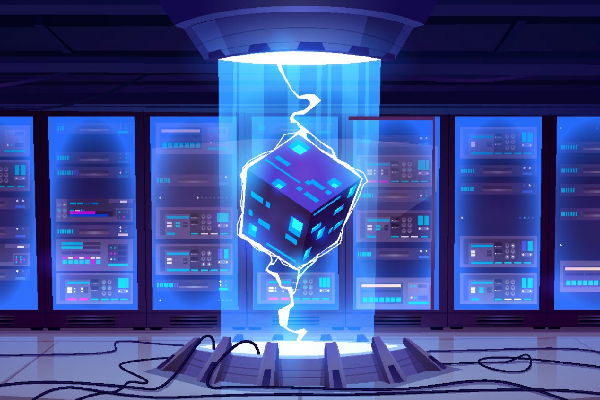Mainframe and its New features:

Migration Cloud: What is it?
Cloud computing is a new technology that allows users to access remote servers and storage resources via internet or other connecting media. It's also known as cloud migration, the process of transferring data, software, or other business elements from an existing system onto this platform for greater flexibility in how you use it. The best way to do this is with SSL/TLS (Secure Sockets Layer) which protects your connections online by encrypting them using TLS encryption on both ends so no one can eavesdrop without being noticed - but don't worry! VPNs (Virtual Private Networks) are another option that does basically the same thing: they're encrypted networks between two endpoints over public networking like wifi where either side secure their communications across open airwaves through tunnelling
You don't have a cloud migration strategy?
One is critical and achievable. Not all can transfer to one cloud, some applications prefer private clouds while others are better suited for public ones. You need flexibility in your plan as well because you may face the situation where various types of clouds might be needed depending on how complex your IT business process in mainframe jobs in wisconsin is or what type of software it has been created with - different age groups require different treatments as do needs based around security and budget considerations.
Cloud migration is a critical component to any cloud strategy. Without it, you're missing the most important part of your plan: what that business model will be and how everything ties together with it! The discovery phase should be one of the top priorities in developing this plan since all aspects need to come into consideration before committing completely. Cloud migrations are typically long-term processes so don't expect immediate results--it won't happen overnight!
The process of developing a new product can take months or even years, and it is never without its setbacks. For starters, there are plenty of unexpected hiccups that need to be addressed along the way; for example, if your brand's name has become outdated you might have to change directions entirely in order to maintain relevancy. But while these unpredictable changes may seem like they'll only affect business on an individual level rather than the entire company itself other factors come into play as well: customers will stop buying from companies who don't keep up with trends--especially when their competitors do! So before rushing out another half-baked idea make sure you've considered every angle possible so both ends reap benefits instead of suffering consequences.
